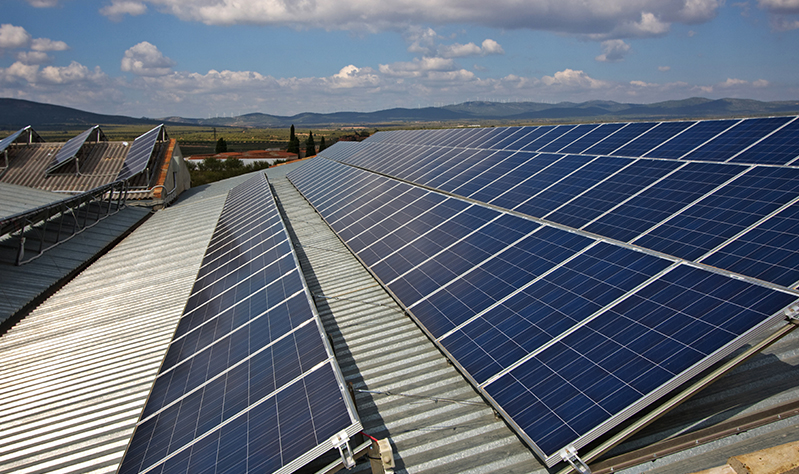
The Energy web site describes HUD energy initiatives, policies and how federal government wide energy policies affect HUD programs and assistance.
HUD faces many challenges when it comes to energy policy. For an overview, see Implementing HUD's Energy Strategy, a report to Congress dated December 2008, that includes a summary of progress toward implementing planned actions [1].
First, utility bills burden the poor and can cause homelessness. There is a Home Energy Affordability Gap Index based on energy bills for persons below 185 percent of the Federal Poverty Level. The gap was $34.1 billion at 2007/2008 winter heating fuel prices [2]. The burden on the poor is more than four times the average 4 percent others pay.Twenty-six percent of evictions were due to utility cut-offs in St. Paul, MN.
Second, HUD programs are affected by energy costs. HUD's own "energy bill" - the amount that HUD spends annually on heating, lighting, and cooling its portfolio of public and assisted housing and section 8 vouchers - reached the $5 billion mark in 2007 [3]. Public Housing utilities cost more than $1 billion per year.
Third, energy costs affect economic development. Importing fuel drains millions of dollars from local economies [4].
Database of State Incentives for Renewables & Efficiency (DSIRE)
Information on state, local, utility and federal incentives and policies that promote renewable energy and energy efficiency from a database funded by the U.S. Department of Energy.
Edison Electric Institute’s Electric Company Programs
Information on energy efficiency and low-income assistance programs offered by various utilities across the nation.
HUD’s Public and Indian Housing Environmental and Conservation Clearinghouse
Sources of funding for energy conservation and utility cost reduction activities from HUD’s Public and Indian Housing Environmental Clearinghouse.
Promoting Energy Star through HUD’s HOME Investment Partnerships Program
Resources for promoting Energy Star through the HOME program.
Useful documents, publications, and information related to resource conservation in public housing from HUD’s Public and Indian Housing Environmental Clearinghouse.
Energy Star For New Construction Assisted By The Home Program
HUD has worked with EPA to promote the use of ENERGY STAR standards in construction of houses. Here are the results of that production by the HOME Program for Fiscal Year 2009.
PDF
Energy Star for Grantees
Energy Efficiency with CDBG HOME
PPT
Energy Star Awards for Affordable Housing
Regional Energy Coordinators reviewed applications for Energy Star Awards for Affordable Housing in 2008, 2009, and 2010.
New Guide on CHP’s Role in Promoting Reliability and Resiliency
During and after Hurricane Sandy, combined heat and power (CHP) enabled a number of critical infrastructure and other facilities to continue their operations when the electric grid went down. To assist State and local officials and others involved in the rebuilding process and to respond to the report from the President’s Task Force on Hurricane Sandy, the U.S. Department of Energy, the U.S. Environmental Protection Agency, the U.S. Department of Housing and Urban Development developed the “Guide to Using Combined Heat and Power for Enhancing Reliability and Resiliency in Buildings.” Its purpose is to provide practical information on CHP, including what factors must be considered when configuring a CHP system to operate independently of the electricity grid, and what steps are involved in a typical CHP project development process.
HUD CHP Screening Tools
2002 Energy Action Plan committed HUD to promote the use of combined heat and power (cogeneration) (CHP) in housing and community development. HUD developed a Q Guide explaining CHP to building owners and managers. HUD and DOE Oak Ridge National Laboratory then developed a Level 1 feasibility screening software tool to enable them quickly to get a rough estimate of the cost, savings and payback for installing CHP. The Level 1 screening tool requires only monthly utility bills and a little information about the building and its occupants.
PDF | Download Software | more...
HUD and ORNL have now produced a Level 2 Combined Heat and Power (CHP) analysis tool for more detailed analysis of the potential for installing combined heat and power (cogeneration) in multifamily buildings. Level 2 works from hourly utility consumption and detailed information about the building and its equipment.
ORNL Level 2 Tool
HUD CHP Guide #3 Introduction to the Level 2 Analysis for Combined Heat and Power in Multifamily Housing" explains how it was developed and provides links to ORNL for downloading the tool, its Users' Manual and training material. It also provides an exercise to demonstrate how it works. The tool is complex and calls for analysis by those with advanced ability to understand building energy use and simulation.
Energy Efficiency in CPD Programs
[1] - See Table on page 13 for planned actions developed by the Energy Task Force.
[2] - See Fisher, Sheehan and Colton, On the Brink 2008; The Home Energy Affordability Gap
[3] - See Table B-1, in "Implementing HUD's Energy Strategy"
[4] - See Energy and Economic Development Phase I | Phase II.

